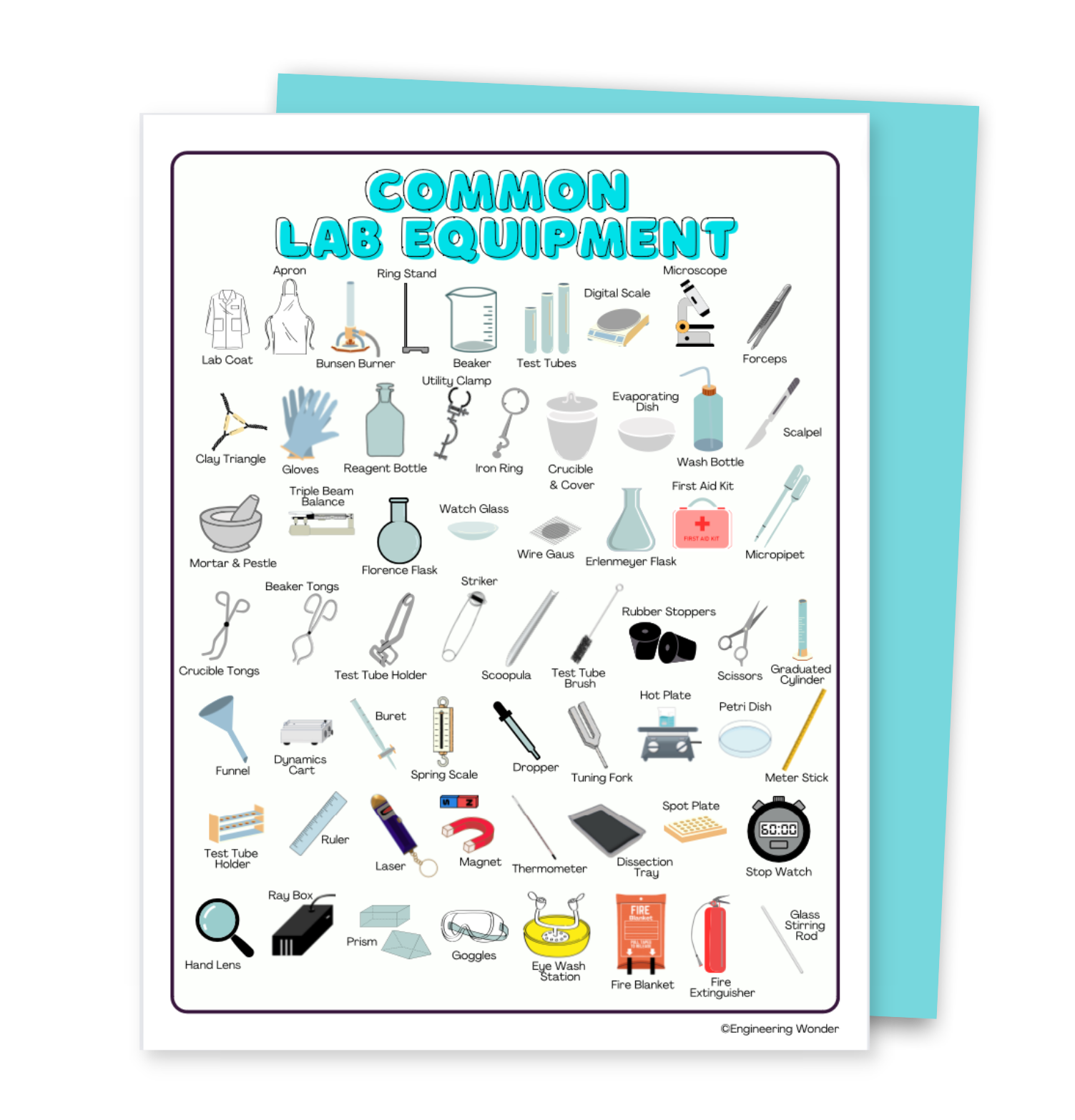Oh my goodess, okay let’s talk motion graphs. So let me start by saying I love using inquiry in all kinds of lessons and for no good reason other than I just enjoy it and my students do as well. However, I have noticed that sometimes when the topic is particularly abstract or difficult for students to connect to their own life experience, an investigation can sometimes provide them a frame of reference to connect their thinking to. As in, imagine a student is taught a lesson on fractions for the first time. If the student has never encountered fractions in their real life, there will be no prior knowledge to activate for students trying to learn this new stuff.

On the other hand, if at home they’ve spent time learning about fractions in the context of baking or sharing or whatever, the student can draw upon that information to help jump start their thinking about this new lesson on fractions.
This is where I believe inquiry can be HUGE. Case in point … I have taught students in grade 11 and 12 physics about motion graphs for years, but students had a difficult time connecting the motion of an object to their related motion graphs.
Two things I discovered helped a lot with this. The first was scaffolding. Rather than teaching everything all at once, breaking learning objectives into smaller chunks is helpful. So maybe you just look at position-time, velocity-time and acceleration-time graphs in isolation for a while before bringing them all together. Or maybe not. Maybe you look at all three, but only focus on straight lines for a while. Point being, slowing it down and going deeper in smaller chunks can absolutely help when teaching a trickier topic.
The second thing, and I’m sure you know where I’m going with this, is using inquiry. Inquiry, in my humble opinion, can provide students with something more real to connect to when speaking about motion graphs for the first time or really any challenging topic for that matter.
I very recently updated a lesson I had been using for many years to incorporate an inquiry component using PhET, which is an online simulation tool teachers are free to use. I had been using this simulation tool prior to this update, but I added much more scaffolding to really zero in on each skill or concept in micro doses.

These two things: 1) scaffolding, and 2) inquiry – I feel, have made one of my toughest lessons one of my best lessons. And by best I mean, a lesson that has helped to make a previously tough lesson much more interesting and memorable. By adding an element of inquiry to it, you can create something tangible students can draw on when applying their thinking to describing & interpreting motion graphs. Ultimately this will make learning more accessible to more of your students and instead of seeing blank stares when you scan the room you’ll see more engagement and improved understanding of the concepts.
To incorporate inquiry into your lesson, try chunking your learning goals and scaffold questions in such a way that it leads students through the skills they will need to apply their thinking to real world problems later on.
Next, ask guiding questions that students will be able to test using the online simulation tool. Ideally students can begin with a prediction based on a prompt and then as a whole class or individually, predictions can be tested. From there students should discuss their results and try to reconcile any differences.
For motion graphs, I would encourage whole class discussion along the way to address any common misconceptions students might be having. Following the inquiry component, it is a good idea to allow students to apply their thinking. I would wrap up the activity with consolidation questions for practice and a summary of the big ideas or takeaways from the lesson.
I hope some of this was useful. As always, let me know how things go in the classroom!
To learn more about the resource I use with my own class, checkout the link.

THANKS FOR STOPPING BY
I'm so glad to have you here! Since 2010 I've been in the classroom as a Math and Science teacher at the high school level. I am excited to share some of my journey with you, along with helpful resources and ideas you can implement that will make your life easier.

Featured Resource
Digital Multimeters - How to Measure Resistance, Voltage & Current

FREE RESOURCE!
Interested in grabbing this common lab equipment quick reference handout? Great resource for your students to refer to throughout the course to get to know common tools in the lab.


